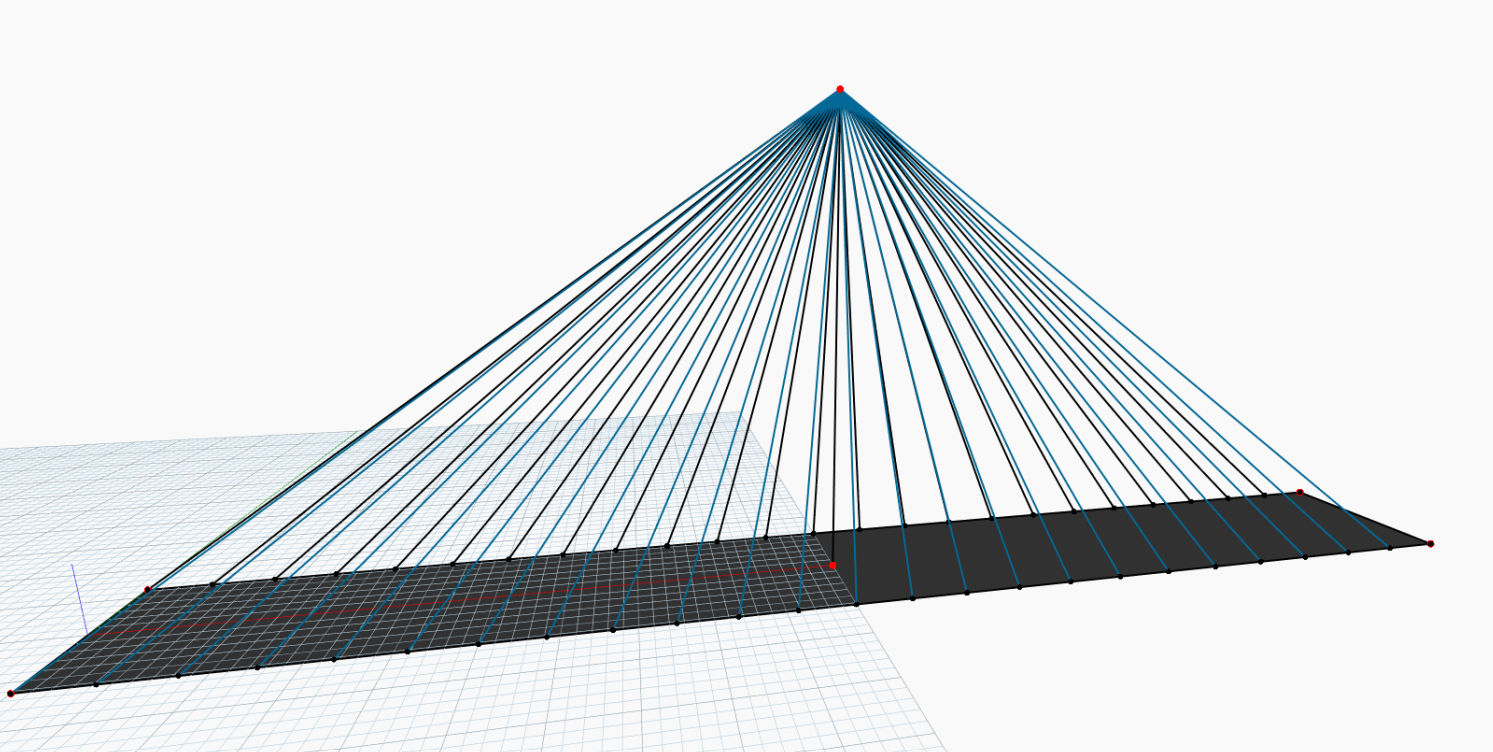1. Ontology
The objective of this report was to develop an ontological model for a railway concrete bridge, emphasizing its core components, attributes, and functional relationships. The railway concrete bridge plays a crucial role in transportation infrastructure, requiring durability, structural integrity, and environmental resilience. Ontological modeling offers a systematic approach to representing this complexity, facilitating enhanced decision-making, sustainability assessments, and maintenance planning. By leveraging Protégé, the ontology captures physical, functional, and environmental interactions, ensuring its practical applicability in civil engineering. Three practical applications demonstrate the ontology’s relevance:
- Sustainability Assessment: The ontology allows querying environmental impact metrics, comparing CO2 emissions for different material configurations.
- Maintenance Optimization: Engineers can use the ontology to generate maintenance schedules that minimize operational disruptions and costs.
- Structural Load Analysis: The ontology supports load simulations, identifying weak points and optimizing reinforcement strategies.
2. Parametric Model
The primary challenge in designing a cable-stayed bridge is achieving equilibrium between span length and structural stability. A well-balanced design must integrate geographical constraints, project requirements, and resilience to various loading conditions, including environmental forces like wind and seismic activity. The deck endures both tensile and compressive stresses, while the towers resist significant vertical and lateral forces transmitted through the cables. Another challenge involves optimizing material efficiency, constructability, and future adaptability. By leveraging parametric modeling, I was able to dynamically adjust critical parameters to develop a robust and adaptable solution.
Parametric modeling has revolutionized cable-stayed bridge design by enabling dynamic adjustments to critical parameters, reducing design time and costs, and enhancing structural efficiency. By defining adjustable parameters for span, width, pylon height, and cable distribution, I created a flexible model that adapts to diverse project requirements.
This approach fosters efficient collaboration and decision-making by centralizing design information within a single 3D model. The ability to modify parameters in real time ensures adaptability to changing site conditions, stakeholder preferences, and engineering constraints. The exploration of design alternatives further highlights the model’s versatility and resilience.
